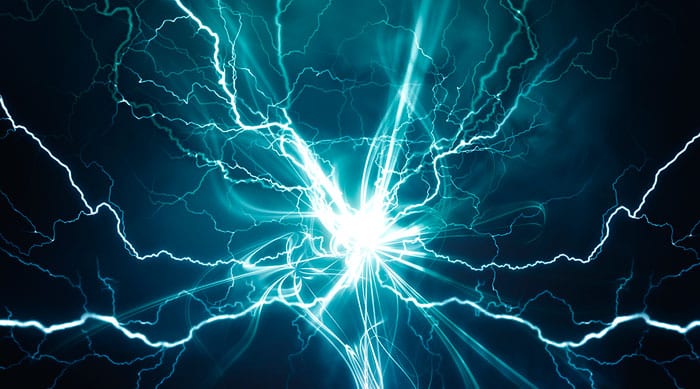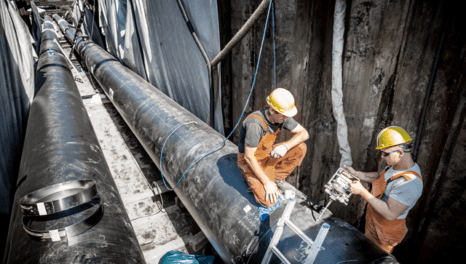Smart Energy Plan developed for council
A Smart Energy Plan has been developed for Bridgend County Borough Council with support from the Energy Systems Catapult, Welsh Government, the Energy Technologies Institute and other stakeholders.
12th February 2019 by Networks

It builds on the strategic activities identified in the Local Area Energy Strategy (LAEP), that was developed by the Smart Systems and Heat (SSH) programme. The LAEP has provided insight into the potential pathways for securely and affordably achieving a targeted 95% reduction in emissions (from a 1990 baseline) from Bridgend County Borough’s buildings by 2050.
This Smart Energy Plan, formally maps out and identifies the projects and activities to be delivered by BCBC to achieve its vision of a decarbonised, digitally connected smart county borough, including an aim to:
- Be a test bed for new energy system ideas and concepts; providing real-life case studies,
- Lead the decarbonisation agenda; by introducing new products and concepts to consumers,
- Attract new and existing energy and digitalisation businesses to trial ideas and grow within the county,
- Stimulate the local economy and develop employment opportunities through innovation and deployment of low carbon energy projects,
- Develop a joined-up approach to the energy transition engaging local academia, communities and businesses.
Bridgend has already hosted the delivery of some innovative energy projects:
- The Living Lab: Energy Systems Catapult has installed a Home Energy Services Gateway technology into 30 residential properties in Bridgend to monitor energy usage within the home and conduct trials of innovative service offerings, within a real-world environment.
- FREEDOM: Wales and West Utilities, Western Power Distribution and PassivSystems delivered the FREEDOM (Flexible Residential Energy Efficiency Demand Optimisation and Management) project in Bridgend, which looked “to better understand if hybrid heating systems are technically capable, affordable and attractive to customers as a way of heating homes.”
Comments
Login on register to comment
Related content

Heat
Electric storage heating – a Cinderella solution
Why has electric storage heating been overlooked as we seek to tackle decarbonising domestic heat?

Heat
Prospects bright for landmark East London Heat Network
New Vattenfall-Cory partnership marks step towards record-breaking heat network capable of serving over 10,000 homes

Heat
New construction director at Switch2 Energy
Appointee brings experience from Vattenfall and Eon
Related supplier content
![‘Learning by doing’ on the road to net zero [test product]](https://networksonline.s3.amazonaws.com/products/images/3.jpg)
People & Skills
‘Learning by doing’ on the road to net zero [test product]
DSO director Andrew Roper discusses 'Learning by doing'

Power
Load patterns and lockdown: how Covid-19 is impacting electricity networks
Insights into dynamics on the low voltage network as the outbreak unfolds

Downloads
Protect electrical equipment from insulation failure
Insulation faults are a major cause leading to the eventual failure of electrical equipment. Partial discharge (PD) is a very reliable indicator of developing insulation faults. Regular PD testing allows users to detect and analyze PD activity